
It was a great day to lace up our boots, put on our snowshoes, and hike the winter terrain. One bright February day, my friend and I walked to the top of Mt. Pinos in Southern California. This land is sacred to all Native Californians, and the Chumash people call the summit Liyikshup, “the center of the world.” As we stood atop the mountain, we could see across much of Southern California. I thanked my feet for carrying me to this sacred site.
As another winter begins, it’s time to consider season-appropriate hiking boots. Whether you’re snowshoeing, skiing, using crampons, or walking down an icy sidewalk, what you wear on your feet matters.
If you’re new to winter hiking boots, here is how they’re different from other hiking boots. Winter hiking boots are designed for people who trek across the snow. Unsurprisingly, they’re usually warmly insulated. They’re almost always waterproof because no one enjoys melted snow in their socks. And they have thick soles, so you can strap on microspikes, skis, or snowshoes without hobbling in pain for days afterward. However, if you’re ice climbing or wearing crampons, don’t wear your winter boots because you will need mountaineering boots for more challenging winter activities.
The following list includes five well-reviewed winter hiking boots for women appropriate for most snow activities except mountaineering. To narrow down the list, I’ve looked for highly-reviewed boots costing less than $200. This list includes four pairs of mid-calf boots and one over-the-ankle boot. All five are waterproof and insulated. If you’re looking for a snowshoeing shoe, buy the Merrell or Oboz. If you’re on a budget or want a colorful boot, buy Columbia. If you’re an eco-conscious consumer, consider The North Face, SOREL, or Oboz.
1. Columbia Ice Maiden II Lace Boots

Columbia Boots:
This is easily the most popular boot on this list; over 18,000 people have given the “Ice Maiden” a 5-star rating on Amazon, making it one of the most popular boots on the website. To their credit, the Oregon-based company creates affordable products that, for many people, is their first outdoor gear (my first tent was made by Columbia, for example). At 34 ounces per pair (over two pounds), the Ice Maiden is a lighter pair of boots than others. It also has 200-gram insulation and a rubber sole. The waterproof boots rise to the middle of the calf. Colors come in black, brown, grey, and even a camouflage pattern. However, if your primary snow activity is snowshoeing, this won’t be as appropriate a pick as other boots on this list.
2. The North Face Shellista III Mid Boots
The North Face Boots:
Over 90% of users recommend these boots on The North Face, a Californian company taking steps to be more eco-friendly. These are a standard light pair of winter boots at 44 ounces per pair (over two pounds). The Shellista III boots feature 200-gram recycled-fabric insulation and a rubber sole. The boots rise to mid-calf and are waterproof. Choose from black, brown, or grey colors. If you’re looking for a snowshoeing boot, though, this isn’t your best choice.
3. Merrell Thermo Chill Mid Waterproof Boot

Latest Price: $110
Overall Rating:
Alternative: The tall, equally lightweight Aurora 2 boot for $180
Merrell Boots:
REI lists these boots as one of the top winter hiking boots for women, and they’re great for snowshoeing. Of course, a company from Michigan would build excellent winter boots. These are the lightest pair of winter boots on this list at 30 ounces per pair (just over one pound). These boots are waterproof, feature 200-gram insulation, a rubber toe cap, and a D-ring for attaching snow gaiters. Choose from light brown or black colors. One note for hikers living in regions where snow can rise several feet tall each winter: These Merrell boots go over the ankle and not much higher, so you’d better consider another, taller boot like the Aurora 2.
SOREL Boots:
These boots are also highly rated, with over 3,000 positive reviews on Amazon. Furthermore, I’ve been wearing SOREL boots for more than twenty years, since my days living in New England with its late-spring surprise snowstorms. At 54 ounces per pair (over three pounds), these are hefty winter boots with plenty of space for even the thickest wool socks. The boots rise nine inches to mid-calf and are waterproof. One key feature is the 9-mm thermal felt liners that can be removed, washed, and dried. You can also purchase these felt liners separately, increasing the lifespan of your boots. Eco-conscious buyers will also be happy to see that SOREL is working on becoming more sustainable. This boot comes in brown, black, or grey. Choose your color carefully; like others, you may wear this boot for decades. If you need a boot for snowshoeing, though, other shoes on this list are more convenient.
5. Oboz Bridger 7″ Insulated Waterproof Boots
Oboz Boots:
REI lists these boots as “top-rated.” From their early days in Montana, Oboz has manufactured some of the country’s most popular hiking boots, including their “Bridger” winter boots. At 41 ounces per pair (over two pounds), these shoes are formidable and ideal for snowshoeing. The boots rise seven inches above your ankle, are waterproof, feature 200-gram insulation, thermal insoles, and come with high-grip rubber soles. The Bridger 7” also includes a rubber toe cap and rubber heel meant for snowshoes. There’s also a D-ring for attaching snow gaiters. These boots also come with good karma; if you buy the Bridger boots, Oboz plants a tree. Look for this boot in brown or black. Just keep in mind that hikers with wider feet may not find Oboz boots as comfortable as those with narrow feet.
Keeping your feet dry and warm is critical to enjoying the cold outdoors in the coming winter. In addition to buying a waterproof, insulated pair of winter hiking boots, remember to get waterproof wool socks. And consider snow gaiters if you’re heading into a fresh and fluffy landscape. Lastly, learn how to safely navigate in the snow. No matter where you trek next, stay warm, dry, and on the trails.

Sonja Lind is an experienced hiker and new-ish runner who lives in Southern California. When she’s not dusting up her shoes on a trail, she works in higher education. Read her occasional blog at www.sonjalind.com.





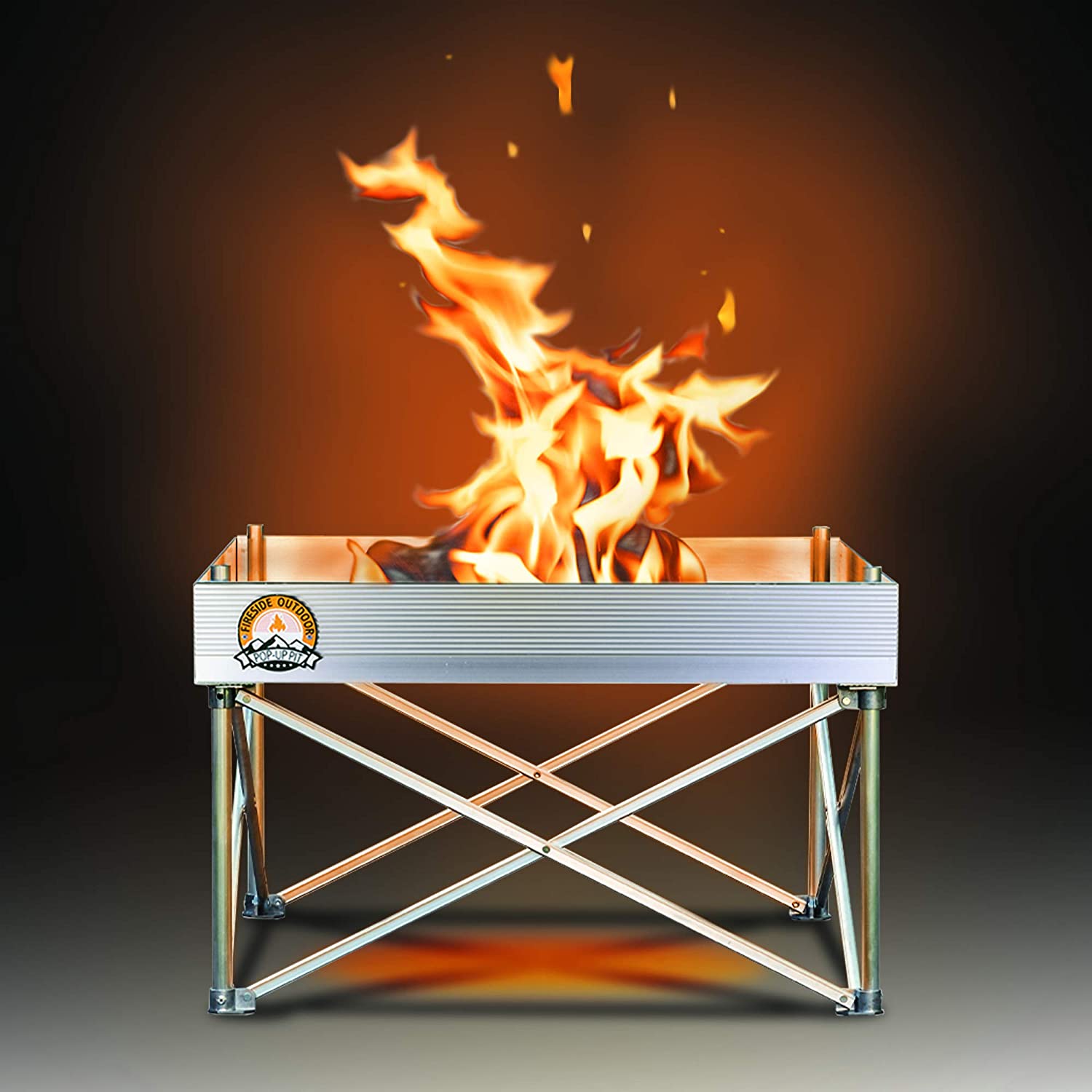
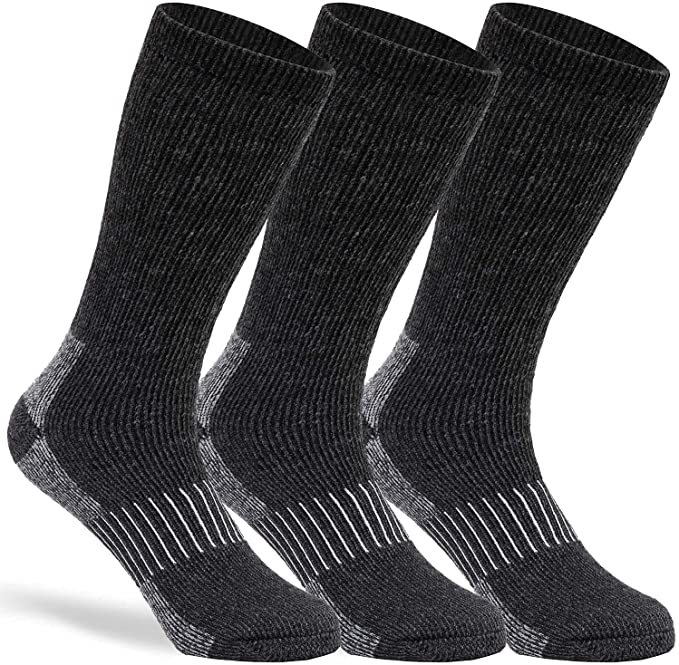
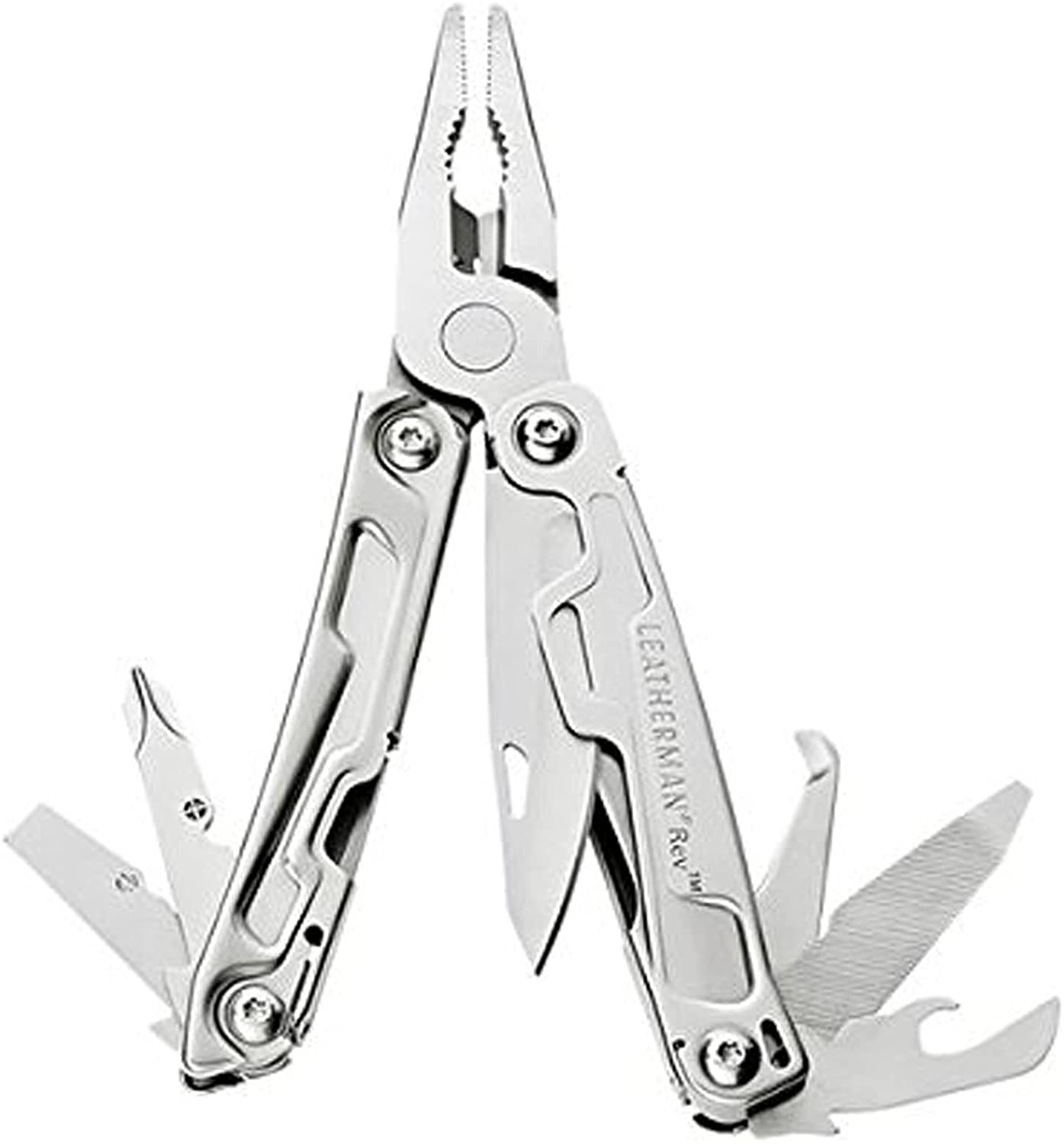
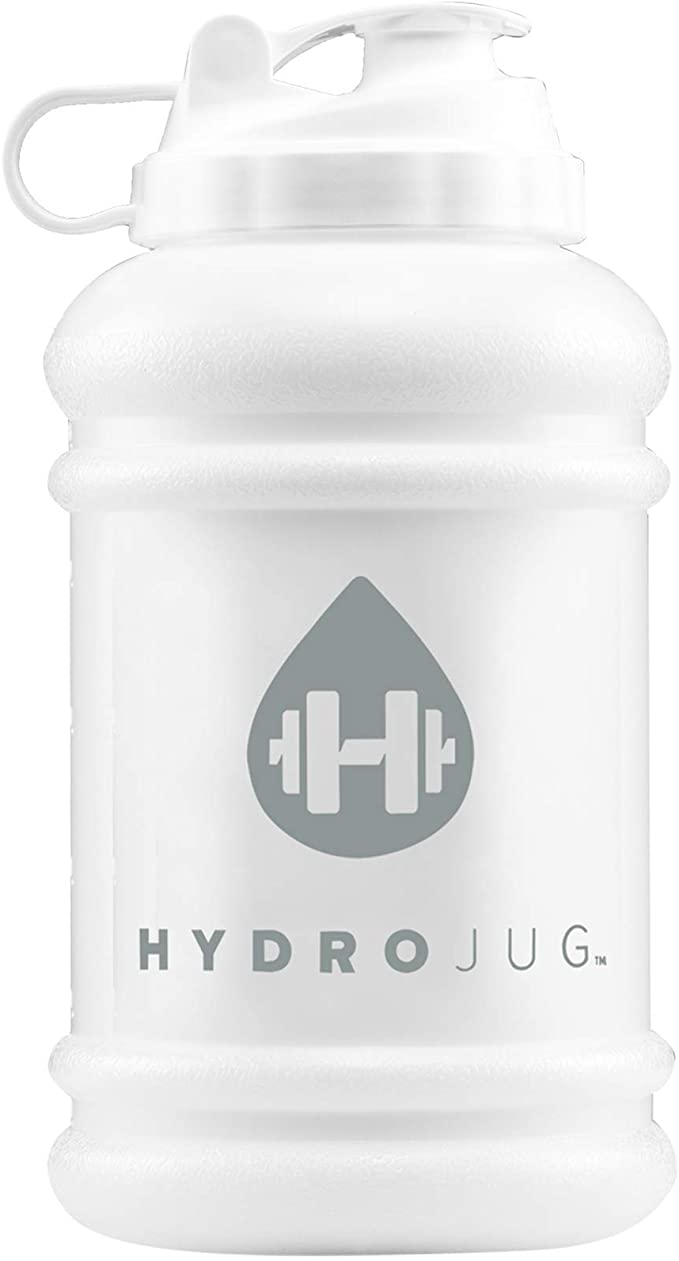
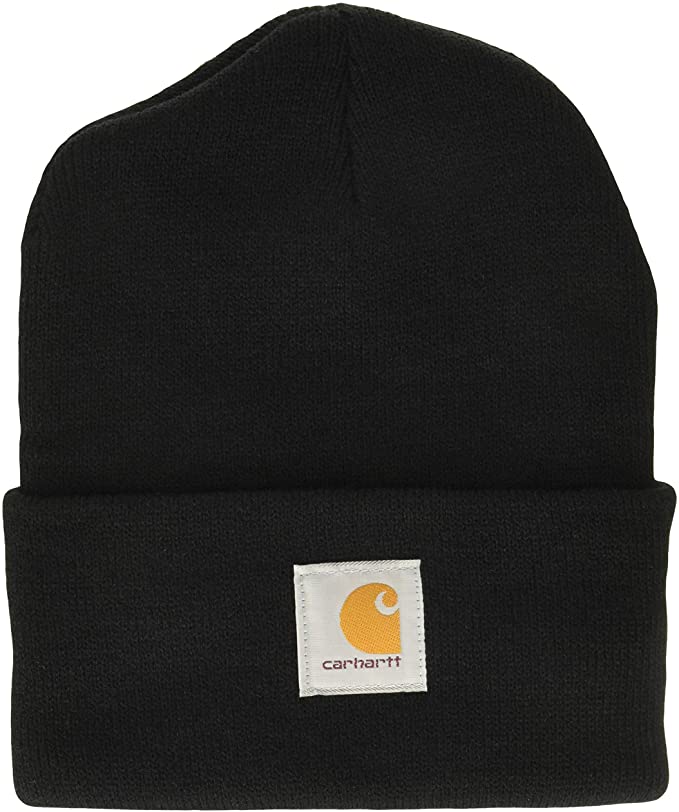

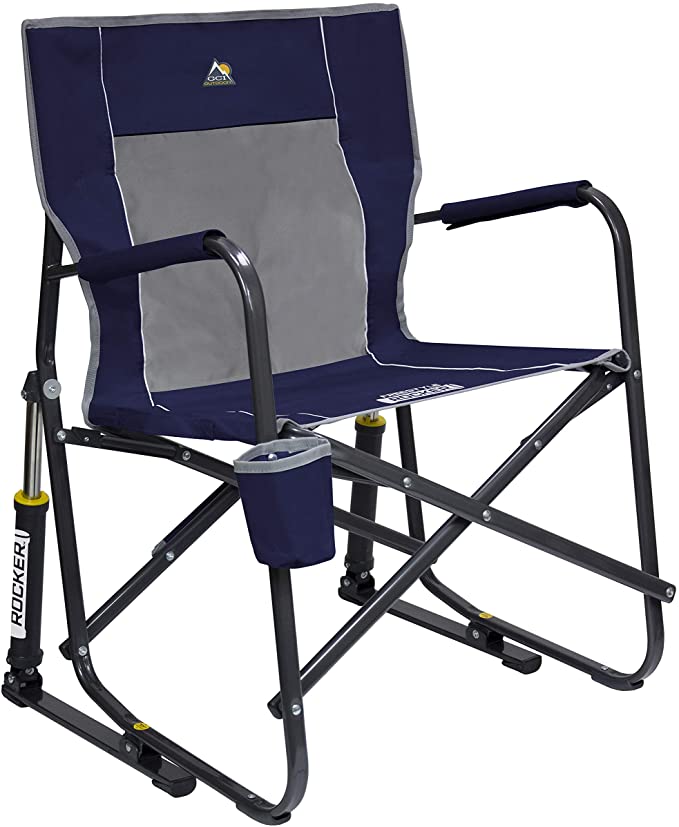

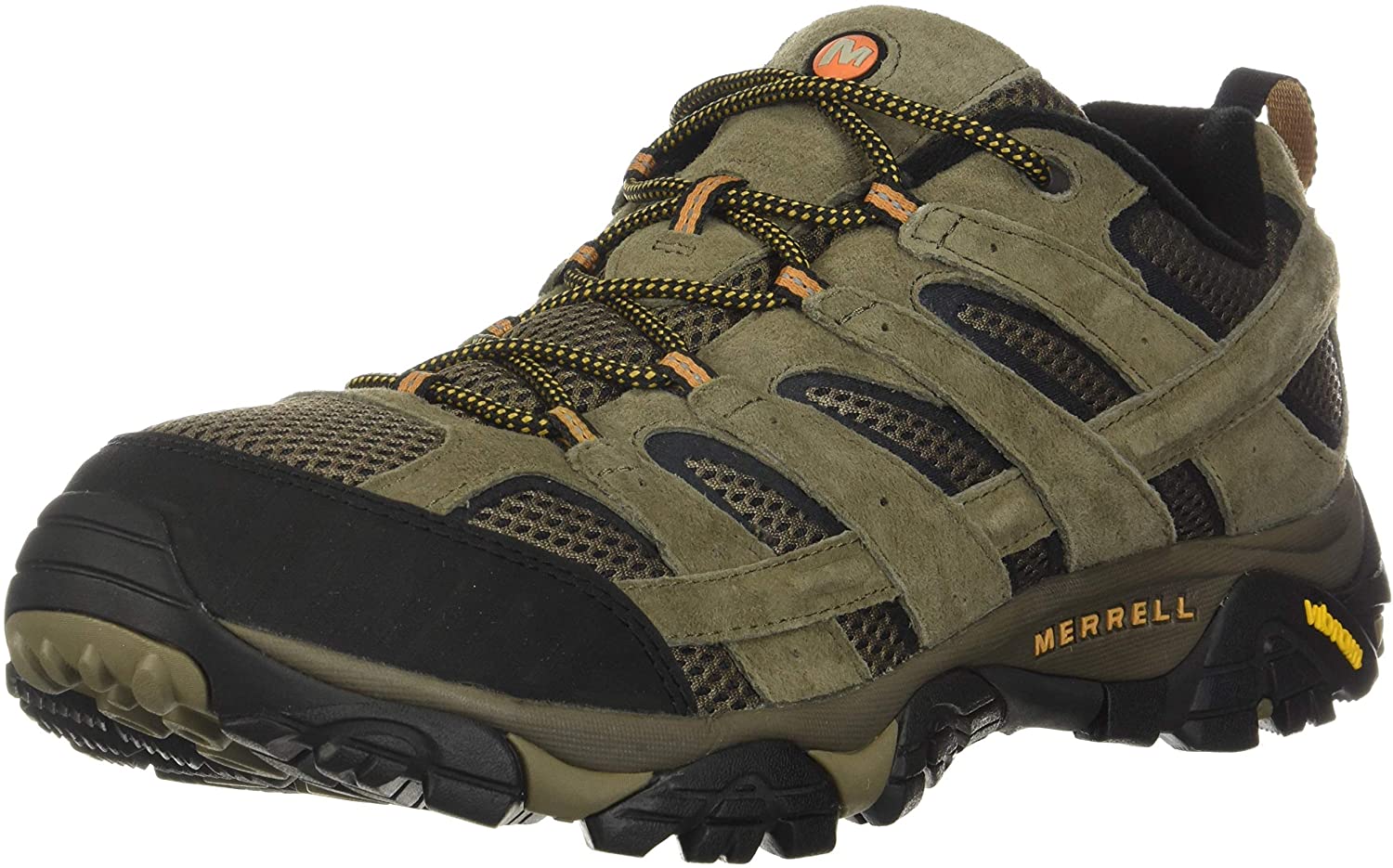

You must be logged in to post a comment.